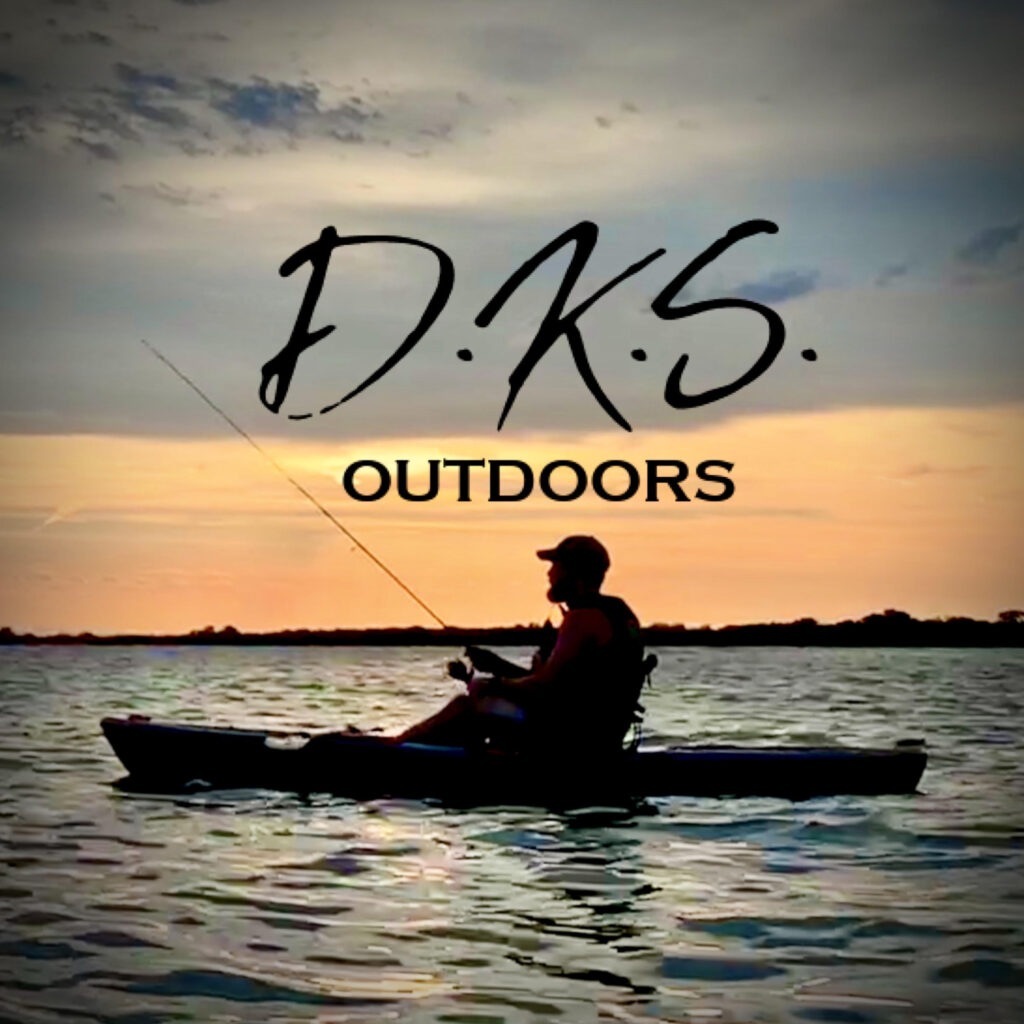Are you having trouble catching fish? Are you wondering why you aren’t getting bites, even though you’ve tried every bait and lure in your tackle box? One thing to consider is the time of day you’re fishing. Fish are more active during certain times of day, and if you’re not fishing during those times, you might be missing out on potential bites. In this post, we’ll explore how the time of day impacts bites when fishing, and give you some tips on how to adjust your fishing strategy accordingly.

The first thing to understand is that fish are cold-blooded creatures, and their activity levels are directly affected by the temperature of the water around them. As the water warms up during the day, fish become more active and start feeding more aggressively. This is why many anglers prefer to fish in the early morning or late afternoon, when the water is cooler and fish are more likely to be active.
But it’s not just the temperature of the water that affects fish activity. The tide and moon phase can also have a big impact on when and where fish are feeding. For example, during a full moon, fish are more likely to be feeding at night, so you might have better luck fishing in the early morning or late afternoon. And when the tide is high, fish are more likely to be found in shallow water, while low tide might be a better time to fish deeper waters.
So, how can you adjust your fishing strategy based on the time of day? Here are a few tips:
Fish in the early morning or late afternoon:
As we mentioned earlier, fish are more active when the water is cooler, so you might have better luck fishing in the early morning or late afternoon. This is especially true during the summer months, when the sun is high in the sky and the water temperature is warmer.
Pay attention to the tide and moon phase:
As we mentioned earlier, the tide and moon phase can have a big impact on fish activity. Make sure you check the tide charts and moon phase before you head out on your fishing trip, and adjust your fishing strategy accordingly.
Don’t fish in the same spot for too long:
If you’re not getting bites in a particular spot, don’t waste too much time there. Move around and try different spots until you find where the fish are biting. This is especially true if you’re fishing during the middle of the day, when fish are less active.
Use the right bait and lures:
Depending on the time of day and the species of fish you’re targeting, you might need to adjust the type of bait or lures you’re using. For example, if you’re fishing in the early morning or late afternoon, you might have better luck using topwater lures or live bait. But if you’re fishing during the middle of the day, you might need to switch to a deeper-diving lure or a different type of bait.
Be patient:
Fishing is a game of patience, and even if you’re fishing during the best times of day, you might not get bites right away. Be patient and persistent, and don’t give up too soon. Sometimes it just takes a little bit of time to find where the fish are biting.
The time of day can have a big impact on bites when fishing. By paying attention to the temperature of the water, the tide and moon phase, and using the right bait and lures, you can increase your chances of catching fish. And remember, fishing is a game of patience, so don’t get discouraged if you’re not getting bites right away. Keep trying different spots and techniques, and eventually you’ll find where the fish are biting.
